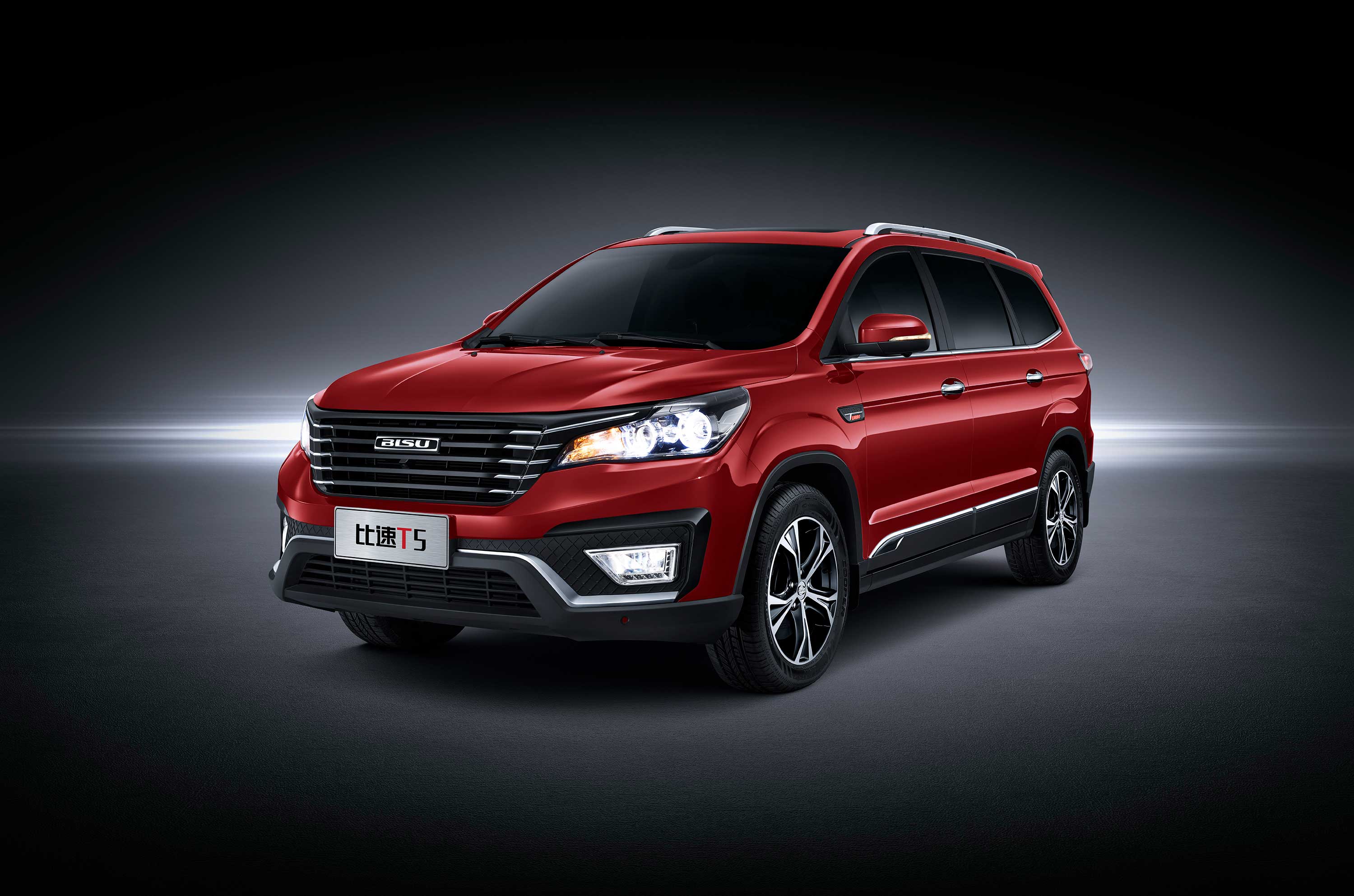Spurred by downstream demand, China’s automobile production and sales sustained solid growth during 2011-2017, making a new high record in 2017. As the car sharing market is expanding apace, China just produced 27.81 million automobiles and sold 28.08 million units in 2018, both declining from the year before, by 4.2% and 2.8%, respectively.
In the meantime, the trading volume of used cars in the Chinese market has been rising over the years, reaching 13.82 million units in 2018, 11.5% more than in the previous year.
China’s automotive distribution and aftermarket industry features intense competition and a scattered pattern. In 2017, the top 100 auto dealers in China sold a total of 8.48 million units, occupying a mere 20.5% of the total automobile sales (including the used cars). By the end of 2017, they had run 6,267 4S outlets, or 27.8% of the country’s total.
Flocks of Chinese auto dealers turn to the aftermarket to reap benefits in recent years, arising from vehicle distribution gross margin of less than 5% and after-sale services’ whopping 40%.
China’s distribution and aftermarket industry shows the trends as follows:
1. Frequent mergers and acquisitions: while building some of their own outlets, large auto dealers also expand their distribution network by way of mergers and acquisitions, as they did in the first half of 2018 when China Yongda Automobile Services Holdings Limited bought 2 Lynk&Co 4S shops and Grand Baoxin Auto Group Limited acquired 1 Jaguar Land Rover 4S shop, 3 BMW 4S outlets and 1 BMW used car store.

2. Online distribution: the prospering internet is disrupting the way people live and consume, and automotive ecommerce then springs up. Currently, traditional auto dealers are not the only one setting about deploying internet +; some other players are also launching their own internet + automotive distribution modes for a slice of the market. Take examples for SOUCHE, Guazi.com, Uxin and Gome, all of which have online offerings for buyers.
3. Stimulus of Auto finance: the booming auto finance makes cars more affordable. New financial modes such as “zero deposit or 10% deposit” by SOUCHE and Guazi.com among others, have aroused desire in buyers by virtue of simpler purchase process, giving automotive distribution a boost.
4. Increase in used car sales: more new cars in the market favors higher ownership of automobile, which leaves room for used cars. As all local policies that restrict sales of non-local second-hand vehicles are rescinded and the used car ecommerce mode grows mature, China is expected to see a steady growth in number of used cars traded in the market, up to estimated 32.46 million units in 2025.
Chinese made cars are also becoming more visible in Cambodia, such as Bisu, Haval, Great Wall, Haw Tai, Kenbo, Huanghai, Traum and Kawei. Though powered largely with 1.5 cc turbo charged engine, the sleek shape of the cars has managed to get the distributor, a market niche.

Create by Khmer Times

